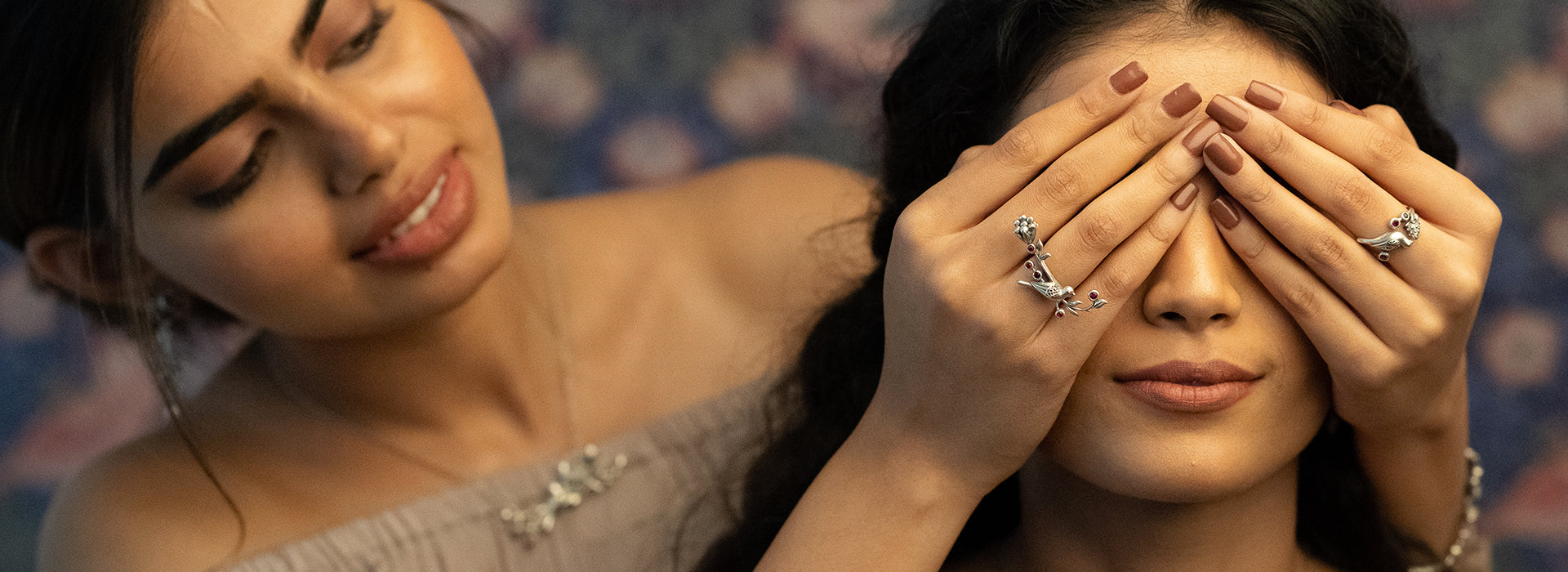The mangalsutra is not just a piece of jewelry—it is a powerful symbol of love, marriage, and lifelong commitment in Indian culture. Worn by married Hindu women, this sacred necklace holds deep cultural and spiritual meaning that goes back thousands of years.
Roots in Ancient Hindu Traditions
The word Mangalsutra comes from two Sanskrit words:
-
"Mangal" meaning auspicious or sacred
-
"Sutra" meaning thread or cord
In Vedic times, the groom would tie a sacred yellow thread around the bride's neck during the wedding ceremony, signifying their union. This thread was believed to protect the bride from negative energies and bless the couple with prosperity, health, and a long life together. While this thread wasn’t originally called a mangalsutra, it laid the foundation for what it would later become.
🛕 Regional Beginnings: The "Thali" Tradition in South India
The earliest form of the mangalsutra is said to have originated in South India, where it is still known as the Thali or Thirumangalyam. Each community had its own unique design and religious symbols engraved on the gold pendant. The thread or chain used varied—some used yellow turmeric-dyed threads, while others used gold chains.
For example:
-
Tamil Nadu: Thali is often shaped like a leaf, tulsi, or temple motif.
-
Kerala: Known as Ela Thali, it has a leaf-shaped gold pendant.
-
Andhra Pradesh/Telangana: Bottu or Thali is a round gold disc with traditional motifs.
-
Karnataka: Known as Mangalya, it is strung on yellow thread and later transferred to a gold chain.
🧿 Black Beads and Gold: The Maharashtrian Influence
As the tradition traveled north, it evolved into the now-popular design of gold chains with black beads. In Maharashtra, it became customary to wear a mangalsutra with black beads interspersed with gold, believed to ward off the evil eye and protect the marriage.
This version became the most widely recognized across India, thanks in part to Bollywood’s influence and its strong visual symbolism.
💍 The Modern Evolution
Over the years, the mangalsutra has adapted to changing fashion preferences:
-
Contemporary designs: Diamond pendants, minimalist chains, or sleek geometric styles.
-
Lightweight options: Comfortable for daily wear, especially for working women.
-
Different metals: While gold remains popular, silver mangalsutras are now trending as a chic, affordable, and elegant alternative.
Modern brides are now choosing mangalsutras that reflect both their personal style and cultural values, blending tradition with trends.
✨ Symbolism of the Mangalsutra
The mangalsutra is much more than a fashion statement. It holds spiritual and emotional significance:
-
A symbol of marital status and commitment
-
Worn for the well-being and long life of the husband
-
Represents the sacred bond formed during marriage
-
In many households, it is a part of daily rituals and blessings



